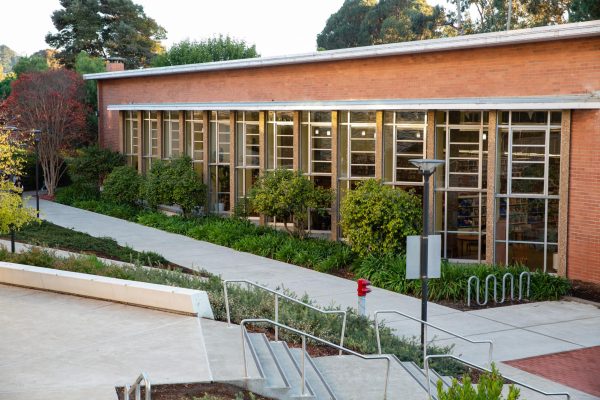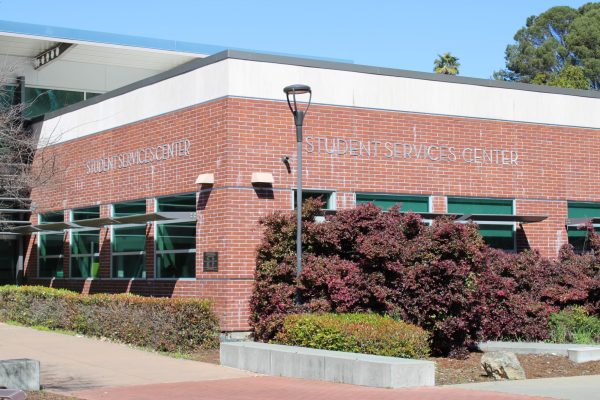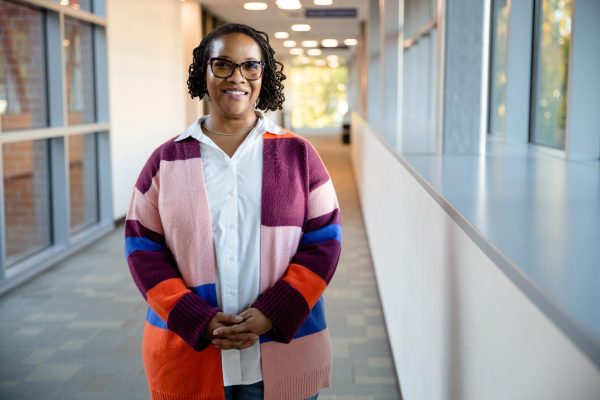Gym Annex lift now operational, brings building up to federal code
Elevator provides students, community residents with mobility issues access to second floor
January 27, 2015
The completion of the Gym Annex lift has brought the building into compliance with federal law after 45 years of limited access to the second floor.
Contra Costa College Buildings and Grounds Manager Bruce King said, “(The GA lift) was ready to go on (Jan. 12) for the start of the new semester.”
King said the project began on July 26 and was given the “green light” by a division of the state architect inspector on Jan. 8.
Construction project Manager John Leary of Critical Solutions, Inc., a project and construction management consultant firm, said the development contractor, B. Brothers, won the bid at approximately $550,000.
The new GA elevator is now functioning in the northwest corner of the building, adjacent to Comet Stadium.
Contra Costa Community College District Chief Facilities Planner Ray Pyle said the installation of the GA elevator project’s primary function is help people with mobility issues gain access to the second floor of the building and adhere to federal law.
“Whenever there was a class held in the second floor and a student with mobility issues enrolled, the college had to move (the location of the class),” Pyle said. “It wasn’t only a scheduling problem, but a human rights issue.”
Jim Ulversoy, kinesiology instructor and swim program coordinator, has an office on the second floor of the GA Building and has experienced both sides of the issue.
Ulversoy said before the GA lift was completed, it was a federal violation to have any class meet on the second floor.
He said he has not noticed students with mobility issues use the elevator, but knows it will begin to garner attention and be put into use further into the spring semester once more people sign up for physical education courses.
“We sell lap swim passes upstairs,” he said. “I have a couple senior ladies in my weekend class who can take the elevator instead of putting strain on their knees.”
The athletic department administrative secretary Shawna Belfield sells the swim tickets out of GA-90 on the second floor.
Belfield said, “The three older ladies would usually send one of them to buy the tickets, but I can’t imagine them doing that now with the new (lift).”
He also said he has another student in the same weekend swim class who also purchases swim tickets because he can no longer sign up for the class because of repeatability changes.
This student is diagnosed with multi-level scoliosis and will benefit tremendously from the new addition of an elevator.
“This facility is old. It was designed for a certain level of activity,” Ulversoy said. “But we have gone beyond that level.”
Pyle said the district decided to bring Critical Solutions, Inc. on board when the GA lift project was stuck in planning limbo for years due to a lack of funding from the state.
Critical Solutions assisted him with securing the $700,000 total construction cost from funds left over from the passing of Measure A in 2006.
The Americans with Disabilities Act of 1990 (ADA) code states that a public entity may not deny the benefits of its programs, activities and services to individuals with mobility issues because its facilities are inaccessible.
California community colleges and all K-12 schools are public institutions required by federal law to meet this code.













